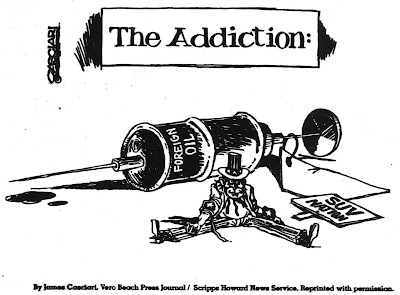- Quote the line in this story that most makes you think.
- Freewrite 1/3 to 1/2 of a page on this line, and what it makes you think.
Literary Devices Posters
Choose one of the following literary devices:
- Allegory (challenge option)
- Alliteration
- Climax
- Simile
- Metaphor
- Personification
- Sensory Details
Now, create a poster that includes the following elements:
- Title (name of literary device)
- Definition (define it in your own words...use pages 233-243 of Writer's Inc)
- Quote from Omelas (find a place in the story that uses your device)
- Effect of Device (What effect does your device have on the reader? Why do you think the author used it?)
- Illustration (Illustrate it! Make sure the illustration is related to the quote you chose.)
Omelas Coaching
Paragraph by Paragraph
- Address questions and confusions
- What's the main idea or purpose of this paragraph?
Literary Devices
- Teach your group your device, using your poster
- Show them where it is in your story
- Have a group discussion about why the author would use these devices, and how the devices affect the meaning and impact of the story.
Discuss
- What does the story mean? What's the message?
- Make a connection between this story and at least two other texts we've read (could be texts from this year or last year).
Omelas Seminar Prewrite
Choose ONE of the following. Write a paragraph about the question you chose. Have this ready to show Lori at the start of class on Friday.
- Why does the author think the readers don’t believe her description of the city of Omelas? (middle of page 2, starting with "O miracle!", and paragraph 7)
- Choose two literary devices and talk about how those devices affect you as a reader, and influence how you read the story. Make sure you give at least one specific example.
- Why do some people walk away? Where do they go? Check out the last paragraph for clues and inspiration!
HOMEWORK
Finish Omelas Seminar Prewrite (see above).




